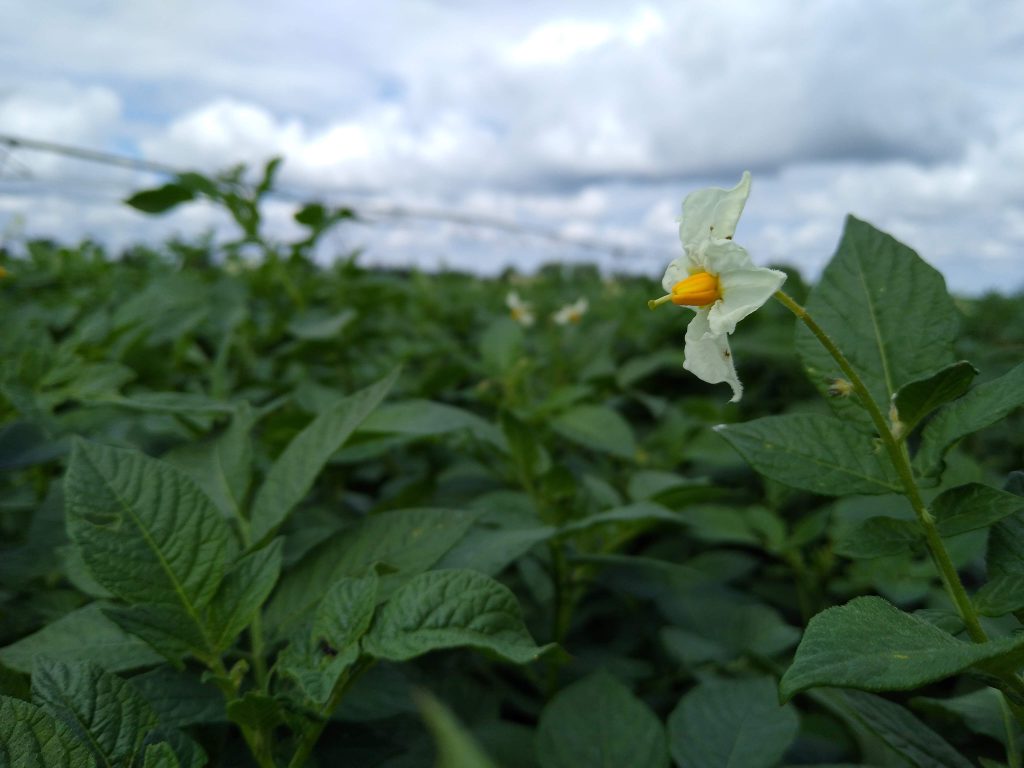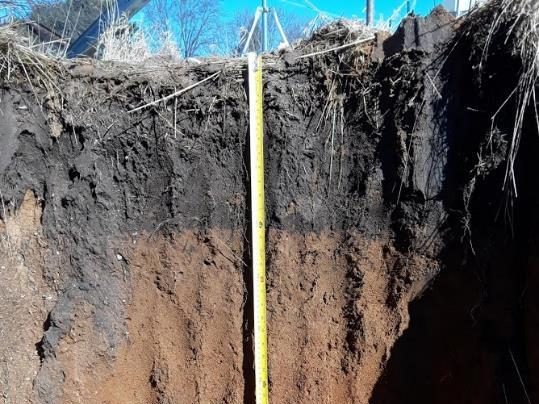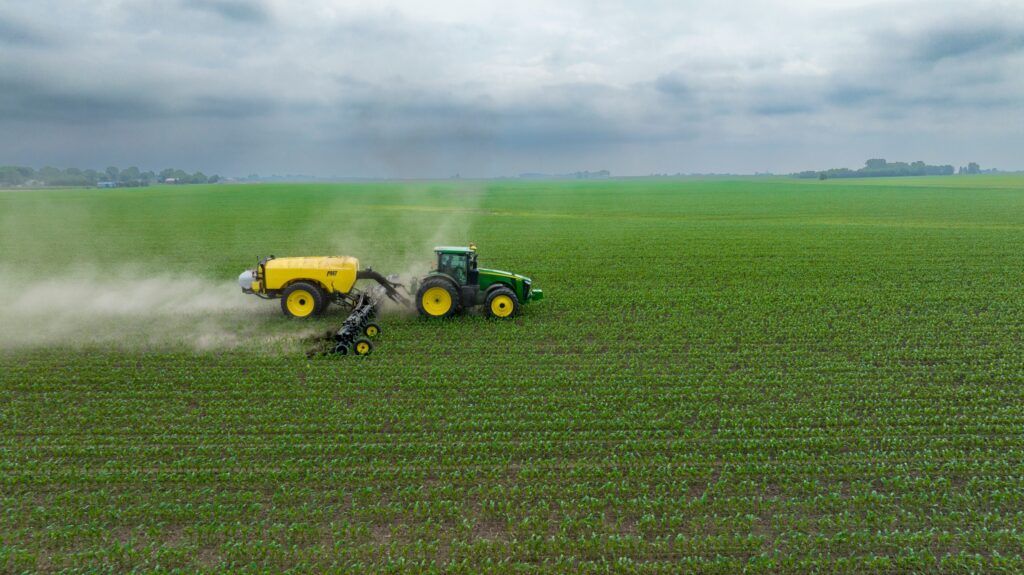Home » Wisconsin Central Sands: How to improve groundwater quality within agriculture?
Wisconsin Central Sands: How to improve groundwater quality within agriculture?
Wisconsin Central Sands: How to improve groundwater quality within agriculture?
The Wisconsin Central Sands region is particularly susceptible to nitrogen loss from farm fields due to its soil composition, crop types, and weather conditions. This page offers researched strategies to help agricultural landowners, operators, and advisors reduce nitrogen loss to groundwater.
What makes the Wisconsin Central Sands vulnerable to nitrate contamination?
The high vulnerability of Central Sands groundwater to agricultural nitrate contamination results from multiple factors, including;
- Poor capacity of sandy soils to retain water, nutrients, and organic matter
- High nitrogen requirements for potato and other specialty crops
- High rainfall variability, leading to unpredictable nitrogen credits from irrigation water and large episodic nitrate leaching events
Active Research
Click on each section to learn more about the researchers’ ongoing work

Interseeding Cover Crops in Specialty Cropping Systems
Dr. Kevin Masarik, Dr. Jed Colquhoun
We are testing the viability and efficacy of intercropping systems growing different cover crop species between potato rows to cover vulnerable leaching times of the year and high leaching potential in furrows.

Amendments to Release Nitrogen Slower
Dr. Steven Hall, Dr. Jed Colquhoun
To immobilize nitrate in soil microbes and soil organic matter, we are testing two strategies:
- Injecting lignocellulose waste from local paper mills below the crop root zone using widely available subsoil fumigation equipment
- Surface applying crude glycerol (a waste product of biodiesel production) as a “liquid cover crop” following peak potato growth

Optimize Nitrogen for High-Value Crops
Where is the sweet spot for nitrogen use for potato crops? To answer this question, we are:
- Building and analyzing a yield response dataset of potatoes on sandy soils
- Using remote-sensing and AI-powered technologies to manage nitrogen

Real-Time Irrigation Nitrogen Measurement
Dr. Matt Digman, Dr. Chris Kucharik, Dr. Mallika Nocco
The nitrogen in irrigation water can provide a significant
portion of total crop needs. We are:
- Developing a real-time nitrate measurement on irrigation pivots and a simple app to calculate nitrogen content
- Integrating local weather and soil data from Wisconet to support nitrogen management.

Economic and Environmental Benefits of Nitrogen Management
Dr. Paul Mitchell, Dr. Jeff Hadachek
We will evaluate the socio-economic and environmental benefits of the proposed strategies to rural communities in Wisconsin Central Sands.
Are you interested in experimenting with nitrogen management strategies on your farm?
Get connected with an Ag Water Quality Outreach Specialist in your region today!
Stay updated by following our Facebook page for upcoming webinars, field days, and innovation farm visits!





